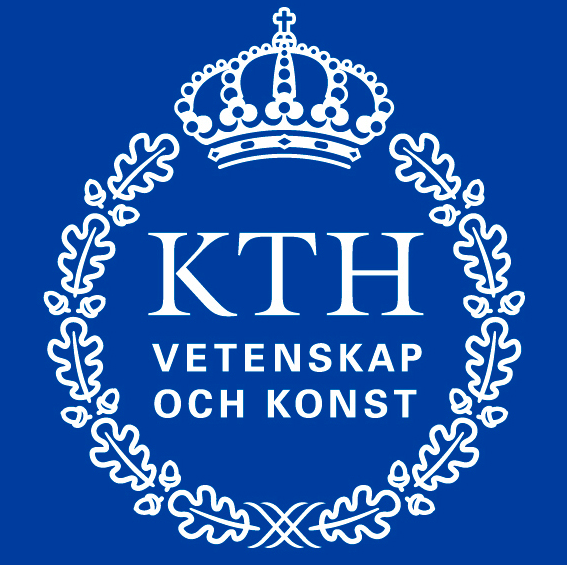Problem B
Copying DNA
Evolution is a seemingly random process which works in a way which resembles certain approaches we use to get approximate solutions to hard combinatorial problems. You are now to do something completely different.
Given a DNA string $S$ from the alphabet {A,C,G,T}, find the minimal number of copy operations needed to create another string $T$. You may reverse the strings you copy, and copy both from $S$ and the pieces of your partial $T$. You may put these pieces together at any time. You may only copy contiguous parts of your partial $T$, and all copied strings must be used in your final $T$. Example: From $S$ = “ACTG” create $T$ = “GTACAATTAAT”
-
Get GT......... by copying and reversing “TG” from $S$.
-
Get GTAC....... by copying “AC” from $S$.
-
Get GTAC...TA.. by copying “TA” from the partial $T$.
-
Get GTAC...TAAT by copying and reversing “TA” from the partial $T$.
-
Get GTACAATTAAT by copying “AAT” from the partial $T$.
Input
The first line of input gives a single integer, $1 \leq t \leq 100$, the number of test cases. Then follow, for each test case, a line with the string $S$ of length $1 \leq m \leq 18$, and a line with the string $T$ of length $1 \leq n \leq 18$.
Output
Output for each test case the number of copy operations needed to create $T$ from $S$, or “impossible” if it cannot be done.
| Sample Input 1 | Sample Output 1 |
|---|---|
5 ACGT GTAC A C ACGT TGCA ACGT TCGATCGA A AAAAAAAAAAAAAAAAAA |
2 impossible 1 4 6 |

